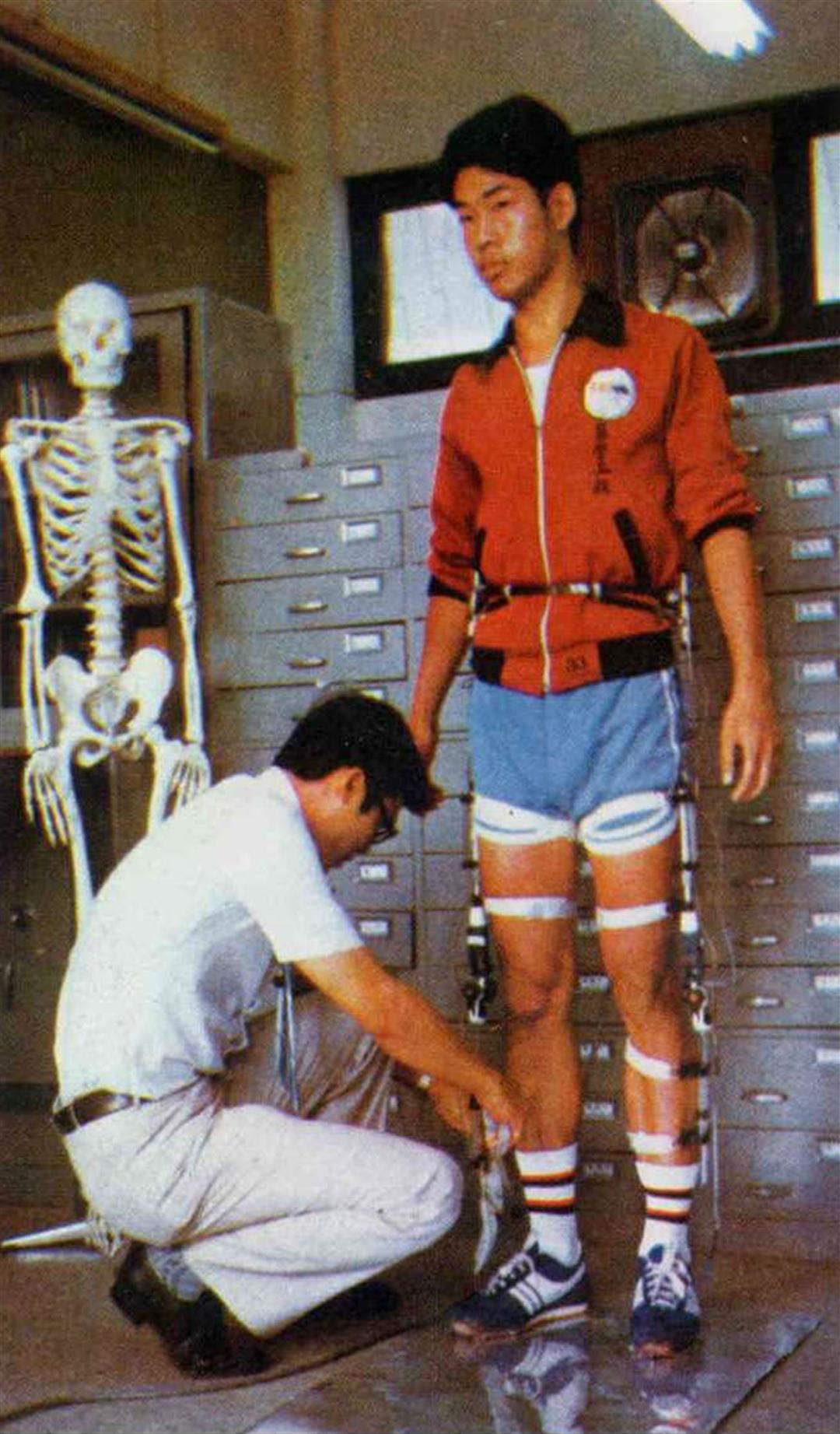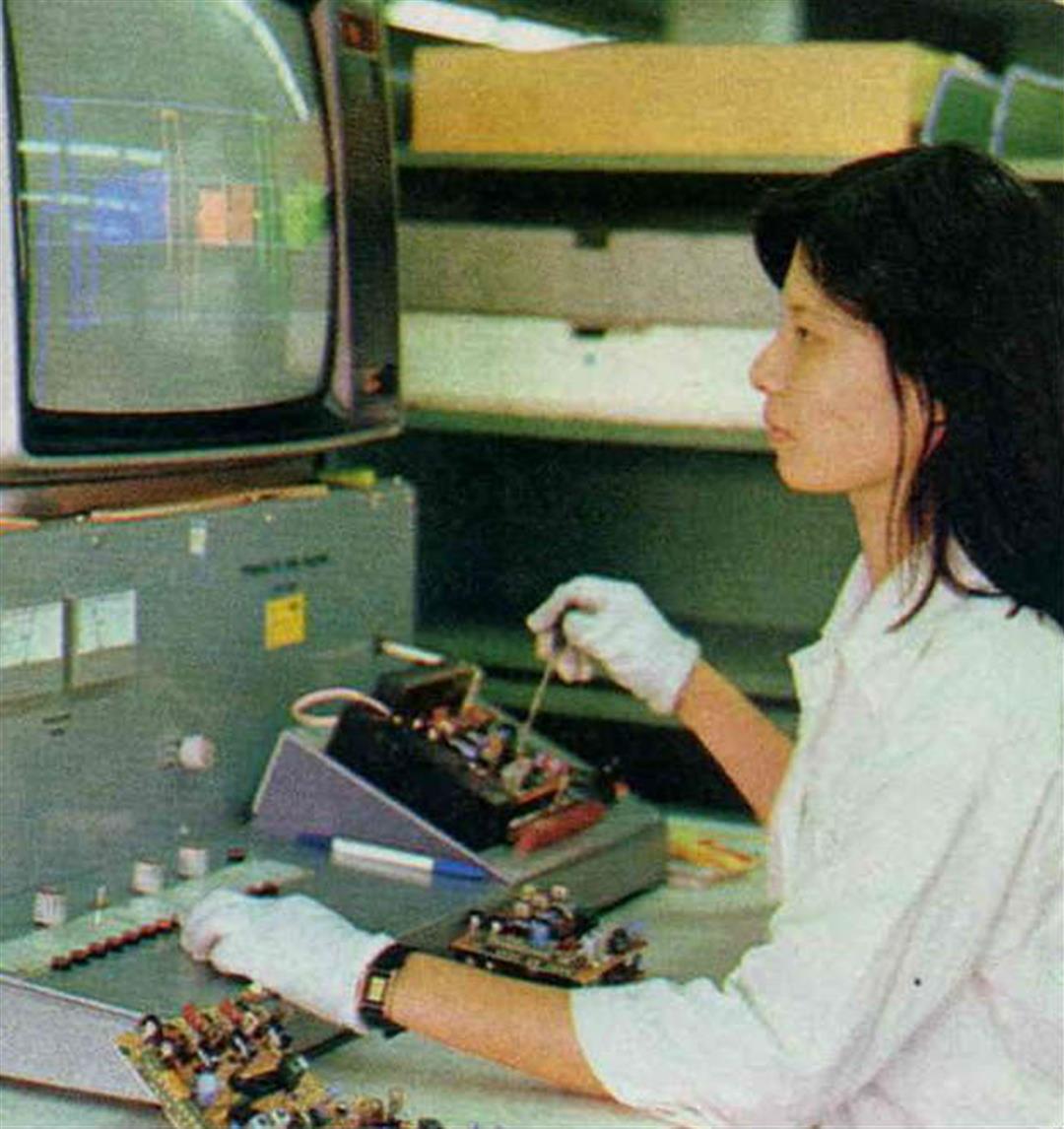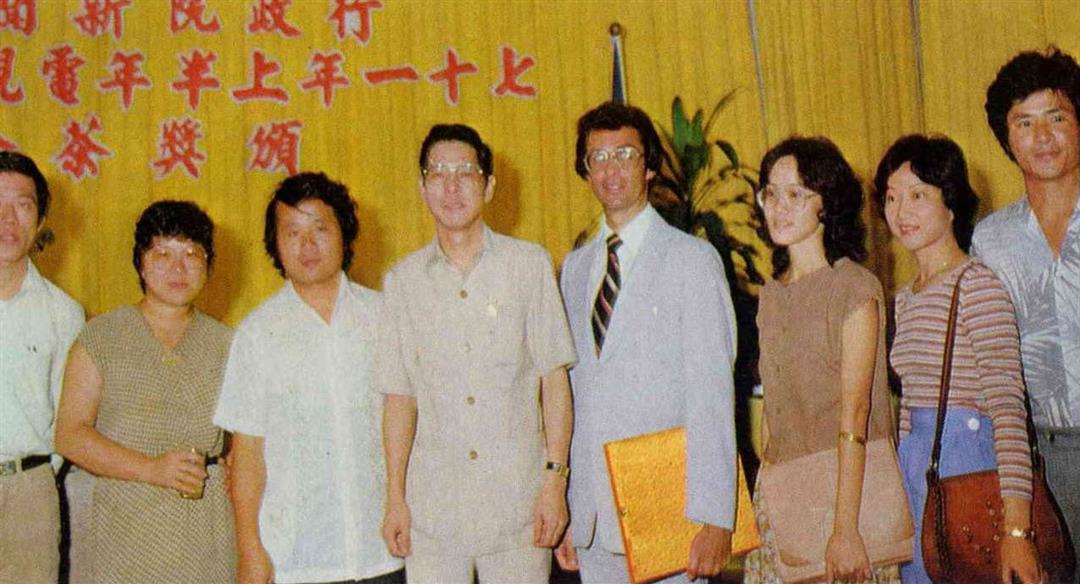Of the television programs presented simultaneously by Taiwan's three networks, none is more popular than "Acme," dealing with science and technology, which recently won first prize in a semi-annual rating.
According to Hsia Liang-chou of the Taiwan Sugar Corp's Chunan hog farm, "the program is well-edited, graphic, and accurate in its presentation of the Republic of China's scientific development."
Dr. Liu Hai-pei, a laser expert, commented. "It is more effective than a science teacher in introducing scientific development. The program has used the most comprehensible way to present the most incomprehensible material. Maybe this is the reason for its popularity."
Produced by the Kuangchi Program Service, the program is the result of a team effort by scientists and government officials. It was initiated by the Department of Internal Affairs of the Government Information Office and prepared with the full support of the science and technology group of the Executive Yuan.
In the past, the three networks had not attempted such a program because there was little spectacular scientific development to report on. In recent years, however, science and technology have expanded rapidly in the ROC.
The program was inspired almost casually by a letter sent to Dr. James Soong, Director General of the Government Information Office. When Dr. Soong received the letter, he was busy preparing for an overseas tour. He had no time to read it carefully, and passed it to one of his subordinates, Chu Tsung-ke, director of the department of internal affairs.
Chu was fascinated when he read a suggestion that the government should use television to promote scientific development, since it corresponded with his own ideas. Chu invited the writer, a scientist, to his office for lengthy discussions and promised that he would start things moving.
When Chu reported the proposal to Dr. Soong, the Director-General was convinced that the program would have universal appeal. But Chu was concerned that the GIO would not provide the necessary budget. He therefore turned to the science and technology group of the Executive Yuan under the direction of Li Kwoh-ting, minister without portfolio, since he knew Minister Li, as a prime mover of the ROC's scientific development, would not object to appropriating some money to publicizing it. Soong asked the writer of the letter, Chiang Chun-tsung, to explain his ideas direct to the minister. The minister was impressed and called all concerned government agencies to discuss the contents and presentation of the program.
When Dr. Soong later visited Kuangchi Program Service and brought up the subject with its president, Father Jerry Martinson. S. J., he found that Kuangchi had been considering a similar idea. He decided to entrust the task of producing to Kuangchi, and Acme made its debut April 1.
The Acme task force in Kuangchi was organized by a group of energetic and ambitious young people. After a subject was approved by the GIO, the task force would organize a meeting to decide the best method of presentation. Before the program was made, the science and technology group of the Executive Yuan would send scientists to advise the task force.
"We are not science students, so some points are too difficult for us to understand. But we had to understand them before we could write the scenario," said Hsiao Hsiao-ling, a member of the Acme program.
The task force could not learn everything in the classroom, however. Members had to accompany the scientists on visits to factories, laboratories, construction sites, farms and hospitals to obtain a clear understanding. Even so, they still had to allow the scientists to look over their manuscripts to ensure there were no mistakes.
All hard work has its rewards, whether they are obvious of not. "Before I joined the task force, I did not know there were so many doctors working on cattle, hogs and vegetable farms. They may have to travel to work by bicycle, but you will always find them smiling. They are extraordinary people, and without them society would suffer," said Chen Ya-fang.
Once, when a task force visited a sewage farm, members agreed not to wear surgical masks so as not to offend the workers. They operated in the noxious environment for a whole day without complaining.
Because scientific and technological development in the Republic of China is closely related to the lives of the people, Kuangchi receives many enquiries when a program is televised. After a program on fish culture was presented, an interested viewer asked for some fish fry so he could do the job himself. After lasers were introduced in one program, a young man telephoned to ask whether they could be used to move tattoos from his arms. Hospitals received many enquiries, and often did not realize that the Acme program inspired them. "To make scientific and technological development a part of every one's life is the main purpose of our program," said a Kuangchi official.
When Martinson went on to the stage to receive the trophy, he held it high and said to his colleagues: "Thank you. Thank you for your courage and your dedication."
The program has covered research on cancer, missiles, lasers, microcomputers, robotics, medical engineering and crime prevention. Every subject has struck a chord close to the hearts of the audience. Minister Li summed up the effects at the award-presenting ceremony: "The program has exposed our backwardness as well as our progress. We must strive for the acme in our scientific development, and must find a way to propel science and technology to a higher sphere."
[Picture Caption]
1. Marine resources are a bonanza for man. On location shooting at night. 2. Shooting the scene of net pulling. 3. Petrochemical industry, cornerstone of industrial modernization.
1. The crippled are given good care in Chinese society. The ROC's medical advance is recognized throughout the world. 2. The Acme program introduces birth of the multi-purpose Shihmen dam. 3. The computer is the foundation of the information industry. The ROC is bent on the development of a Chinese-language computer. 4. The electronic industry leads the way in the ROC's industrial takeoff. Much credit goes to workers on the production line.
1. Professionals are working quietly in every trade. Their hard work has brought happiness to the people. 2. Cardiac surgery of the ROC has won acclaim at home and abroad. 3. Members of the Acme task force pose with Father Martinson (fifth from left) and Chu Tsung-ke of the GIO after receiving the award. 4. Father Martinson receives award from Minister Li Kwoh-ting. 5. Dr. Chien Yu-hsien, anchorman of the Acme program.

Petrochemical industry, cornerstone of industrial modernization.

Petrochemical industry, cornerstone of industrial modernization.

The crippled are given good care in Chinese society. The ROC's medical advance is recognized throughout the world.

The Acme program introduces birth of the multi-purpose Shihmen dam.

The electronic industry leads the way in the ROC's industrial takeoff. Much credit goes to workers on the production line.

The electronic industry leads the way in the ROC's industrial takeoff. Much credit goes to workers on the production line.

Professionals are working quietly in every trade. Their hard work has brought happiness to the people.

Cardiac surgery of the ROC has won acclaim at home and abroad.

Members of the Acme task force pose with Father Martinson (fifth from left) and Chu Tsung-ke of the GIO after receiving the award.

Father Martinson receives award from Minister Li Kwoh-ting.

Dr. Chien Yu-hsien, anchorman of the Acme program.